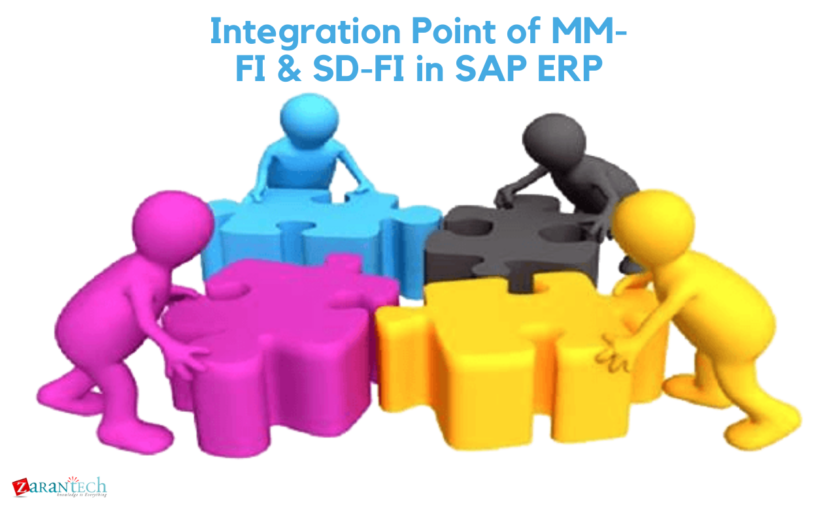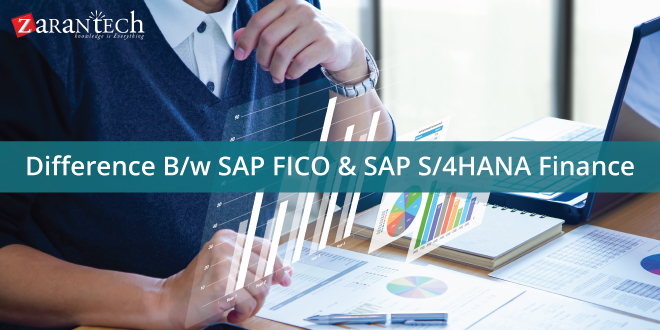MM-FI Account Determination
Category: SAP FICO Posted:Jun 24, 2020 By: Alvera Anto
Few questions may be asked about the integration between Materials Management (MM) and Financial Accounting (FI) module. For eg:
- How does posts from MM flow into FI?
- How does we find out what happens behind-the-scenes?
- How does we determine which movement types are pointing to a specific GL Account?
- Is there a way by which we can change the posting to a different General Ledger (GL) Account?
- How does one create a new movement type and assign it to a specific GL Account?
Several SAP practitioners, IT, and business alike remain in a similar situation and do not know where to start on MM-FI data flow and reconciliation. This blog article is an effort to clarify the fundamentals of MM-FI account determination.
Configuration transaction OBYC creates the core of SAP’s Integration between the MM, FI, and Controlling (CO) modules in a traditional SAP ERP system.
Transaction keys(1) are used to determine general ledger accounts used by the system. An account modifier is used to differentiate account determinations, depending on the process. [Transaction and account modifiers can be seen as a logical grouping similar kinds of transaction] The transaction-account modifier, together with the valuation class, drive the accounting entries. Transaction keys are predefined in the SAP System and can not be changed.
Click here to Know More about SAP FICO
Figure 1: OBYC configuration for BSX- Inventory posting
Most of you might have seen an accounting entry at the time of the purchase of raw material as a debit to inventory and credit GR/IR. The configuration setup of transaction BSX (inventory posting) is responsible for the inventory posting (see Figure 1), and WRX (GR/IR clearing account) is accountable for GR/IR posting. When movement type 101 is used to record the receipt of the goods of Raw Material (valuation class 3000) for a purchase order, the system searches for the GL account for transaction BSX and WRX for valuation class 3000 and records it in the accounting document.
Figure 2: OBYC setup for GBB-VBR- Consumption to Order
Similarly, when raw material is consumed using movement type 261, the system looks up transaction GBB (offsetting entry for inventory posting) for account modifier VBR (consumption for internal goods issues), which shows the GL Account in the accounting document (see Figure 2).
Figure 3 provides a summary of a few vital movement types and accounting entries. The business process is provided in the column furthest to the left, with movable type in the next column, and the debit and credit posting in the subsequent columns.
There is a column for the transaction and account modifiers; as we kept in mind earlier, these are SAP’s terms for practically grouping similar types of transactions. The transaction account modifier, in addition to the valuation class, drives the accounting entries.
The OBYC MM-FI account determination configuration is established at the time of original implementation, and once established, these accounts are obtained behind the scenes. You’ll wish to check the setup before going live to ensure that the correct accounts are being hit for the particular transactions. You can change this configuration after go-live, yet the revised setup needs to be thoroughly tested. Or else, we may run the risk of impacting regular procedures.
Figure 3: Summary of select movement types and accounting entries.
Key takeaways
- The Transaction-account modifier and valuation class drive the accounting entries.
- Transaction key: figures out general ledger accounts for posting.
- Account modifier: differentiates account determination based on the procedure.
- OBYC MM-FI Account determination setup is kept in the underlying table T030.
- OMJJ Movement Type setup is kept in the underlying table T156X.
- Incorporate these 2 tables (via SQ00 query, or simply on Excel).
- The account modifier connects the Movement Type to the Accounting entries.
Bottomline
I hope this article will help you to understand the MM-FI Account Determination and it will give you a new idea regarding the same.
If you are planning to boost your skills, choose our best online training platform, and learn from industry experts. So what are you waiting for? Visit ZaranTech, to skyrocket your career with the unique learning needs because Learning Never Exhausts The Mind.
Check out this insightful video on SAP FICO Tutorial for Beginners:




 99999999 (Toll Free)
99999999 (Toll Free)  +91 9999999
+91 9999999